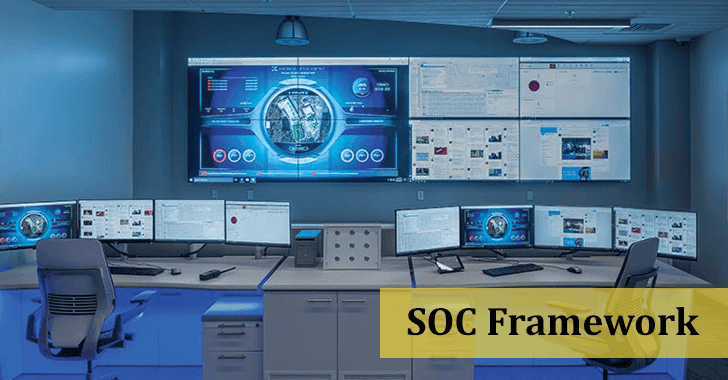Role of Next - Generation Firewalls in Modern Network Security
Next-generation firewalls (NGFWs) play a crucial role in modern network security by providing advanced features and capabilities beyond traditional firewalls. They are designed to address the evolving threat landscape and offer enhanced protection for networks against a wide range of cyber threats. Here are some key roles of next-generation firewalls:
- Packet Filtering: Like traditional firewalls, NGFWs filter network traffic based on predefined rules, allowing or blocking packets based on parameters such as source/destination IP addresses, port numbers, and protocols. This basic filtering capability forms the foundation of network security.
Application Awareness: NGFWs have deep packet inspection capabilities, enabling them to identify and control network applications at a granular level. They can distinguish between different applications or services running over common ports, helping organizations enforce application-level security policies and prevent unauthorized access or misuse.
Intrusion Prevention System (IPS): NGFWs often integrate intrusion prevention capabilities, allowing them to detect and block known and unknown threats by analyzing network traffic patterns and comparing them against signature databases or behavioral heuristics. IPS functionality helps identify and stop attacks, including malware, exploits, and network-based vulnerabilities.
Advanced Threat Protection: Next-generation firewalls incorporate advanced security technologies such as antivirus, anti-malware, sandboxing, and threat intelligence feeds. These additional layers of protection enable the identification and mitigation of sophisticated threats, zero-day exploits, and targeted attacks.
User Identification and Control: NGFWs can authenticate and identify individual users on the network, even in dynamic environments. By integrating with authentication systems like Active Directory, NGFWs can enforce user-based security policies, control access privileges, and monitor user behavior to detect anomalies or policy violations.
SSL/TLS Inspection: NGFWs can decrypt and inspect encrypted traffic using SSL/TLS decryption mechanisms. This feature helps uncover potential threats hiding within encrypted connections, ensuring comprehensive security coverage for network traffic.
Security Analytics and Reporting: Next-generation firewalls provide extensive logging and reporting capabilities, allowing organizations to monitor and analyze network traffic, security events, and policy violations. These insights help in incident response, compliance auditing, and the fine-tuning of security policies.
Integration with Security Ecosystem: NGFWs can integrate with other security components like security information and event management (SIEM) systems, endpoint protection platforms (EPPs), and security orchestration tools. This integration enables a more coordinated and centralized approach to security management and incident response.
Overall, next-generation firewalls combine traditional firewall functionality with advanced security features, application awareness, and threat intelligence to provide comprehensive network protection. They are a critical component of a layered defense strategy, helping organizations safeguard their networks against emerging threats in the modern cybersecurity landscape.





